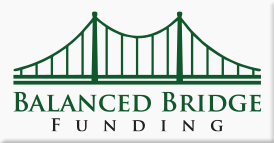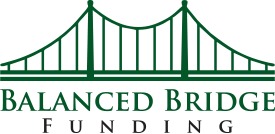Comparison of Private Corporate vs. Government Settlements
When a class action resolves in favor of plaintiffs, many expect checks to arrive quickly. The speed at which funds are disbursed can vary dramatically depending on whether the settlement is with a private corporation or a government entity. For plaintiffs and their counsel, understanding those differences is crucial, especially when considering post-settlement funding options.

Structural Complexity & Approval Processes
Government settlements tend to involve additional layers of bureaucracy: legislative oversight, multiple agencies, public comment periods, and auditing. These extra hurdles can slow down the process significantly. Until all approvals are in place, including internal agency signoffs, legislative appropriations, or budget allocations, no money can flow to claimants.
By contrast, private corporate settlements often settle via negotiated consent decrees or contract terms, governed largely by the parties and the court. Once the court approves the settlement and the claims administrator validates claims, funds can be wired more directly to class members.
Claim Verification & Distribution Mechanisms
Another difference lies in how claims are verified and distributed. In private corporate settlements, plaintiff lawyers and claims administrators often design efficient verification and payout pipelines tailored to specific timelines. Digital processing, batch payments, and escrow arrangements make quicker pings possible.
Government settlements, however, may require compliance checks across multiple programs, cross-referencing databases, and ensuring strict regulatory compliance (e.g. anti-fraud checks across federal and state systems). This extra verification can bottleneck payments even after final approval.

Funding Availability and Budget Timing
Government agencies operate under fiscal cycles. If a settlement award requires new spending, it may have to wait until the next budget cycle or appropriations period. Thus, even after a court order, timing might be held hostage to budget windows.
Private entities typically maintain settlement reserves or escrow funds expressly for disbursement, allowing them to act immediately once all conditions are met.
The Role of Post-Settlement Funding After Cases Settle
Because of these timing disparities, many plaintiffs face cash flow challenges while waiting for their settlement checks, especially in slower government-based cases. That’s where post-settlement funding becomes essential. Firms like Balanced Bridge Funding provide advances against future settlement proceeds, giving claimants liquidity when they need it most. Whether your case is with a corporation or a government defendant, post-settlement funding can bridge the timing gap and relieve financial stress.
Those same timing disparities can create revenue gaps for plaintiff attorneys as well. Since attorneys are typically working on a contingency fee basis in these types of cases, their fees on settled cases can be tied up while waiting for settlement distributions as well. Balanced Bridge Funding also provides advances to attorneys against those delayed settled fees, offering capital for their practice to use while they are stuck waiting for payment.
If you have a settlement pending now and can’t wait months for a check, don’t wait. Balanced Bridge will help bridge the gap between settlement and distribution. If you’re an attorney stuck waiting for fees, you don’t have to wait either. Contact Balanced Bridge Funding today to explore a post-settlement advance tailored to your situation, let us help you access funds when you need them most.







